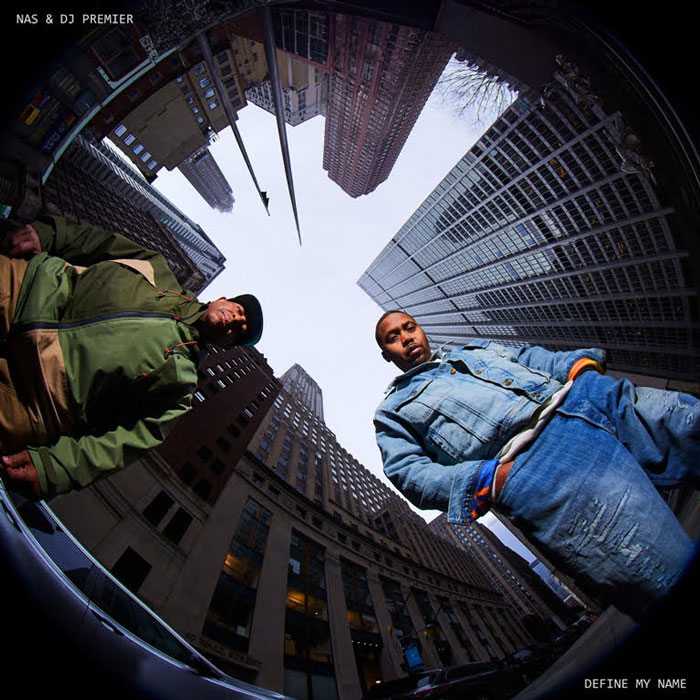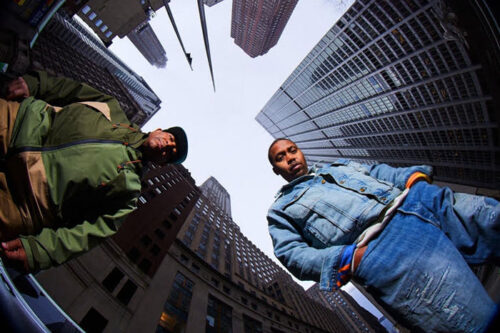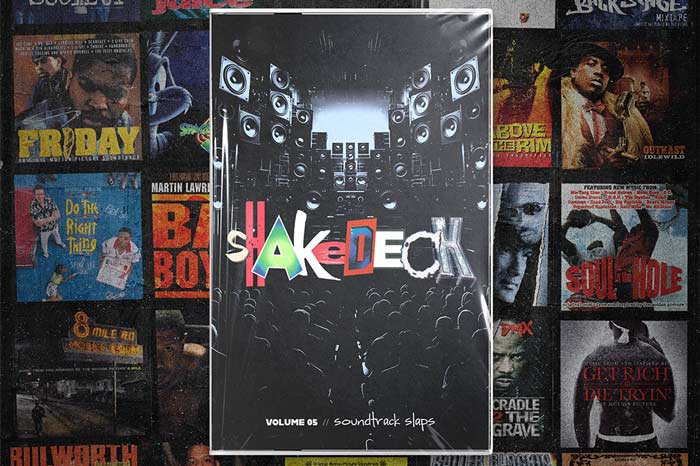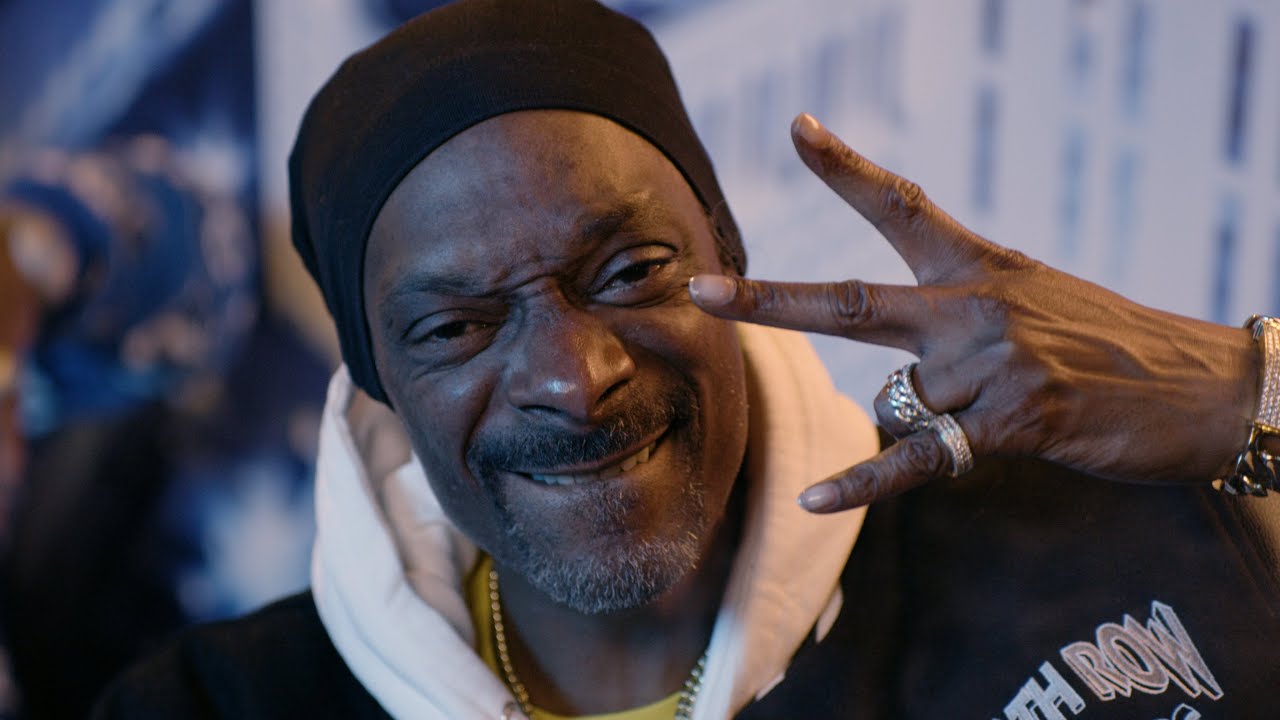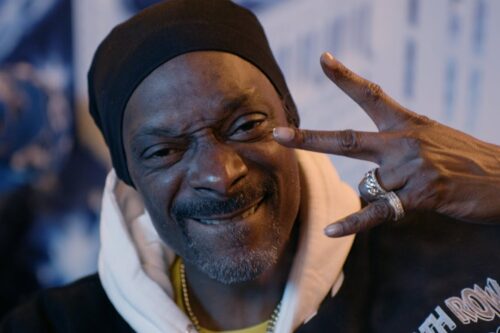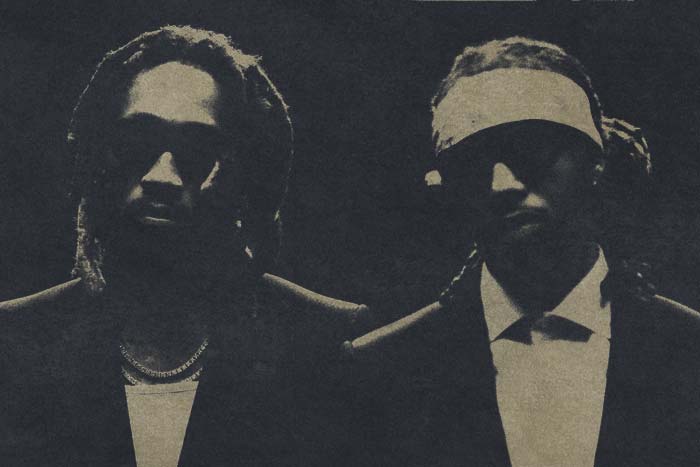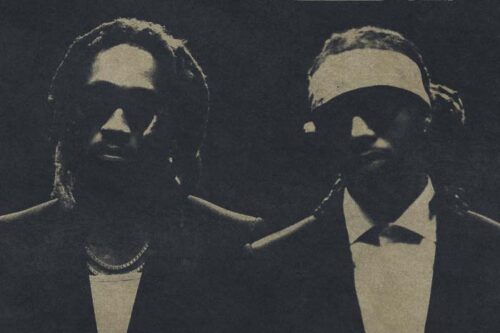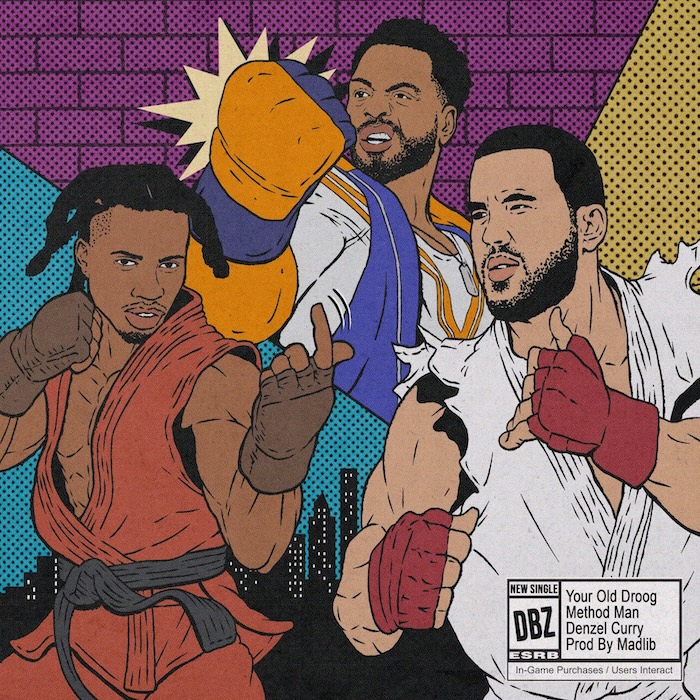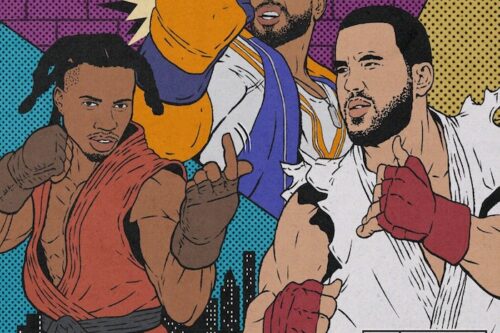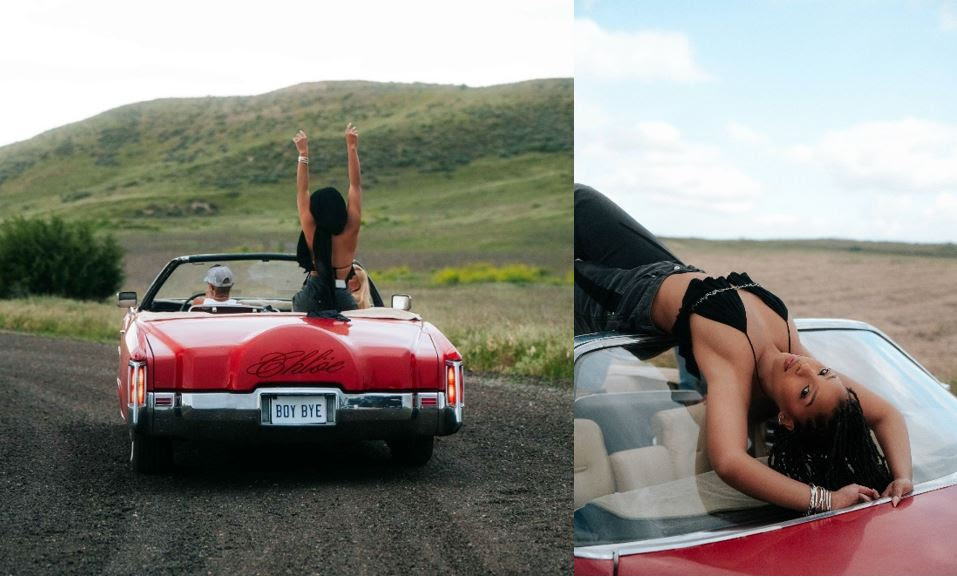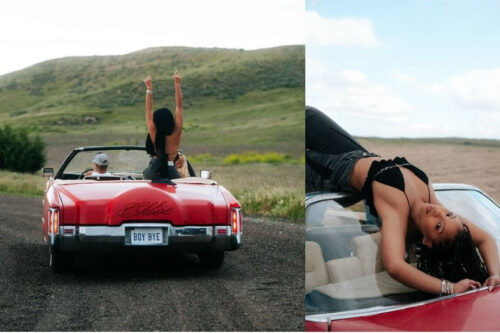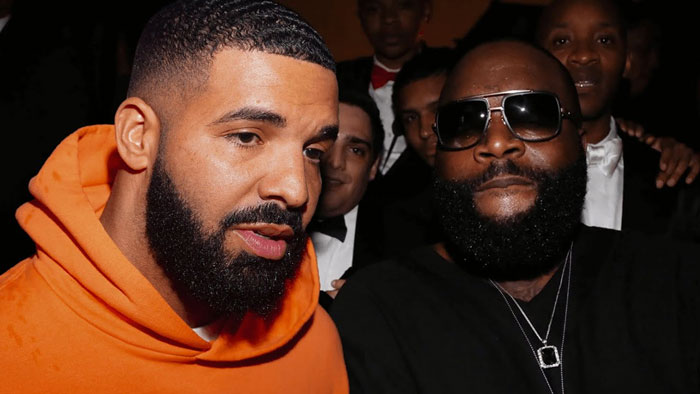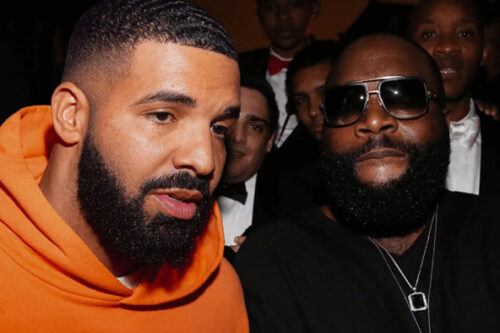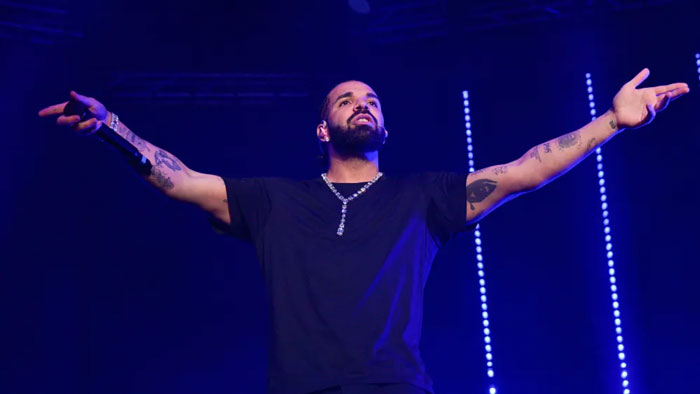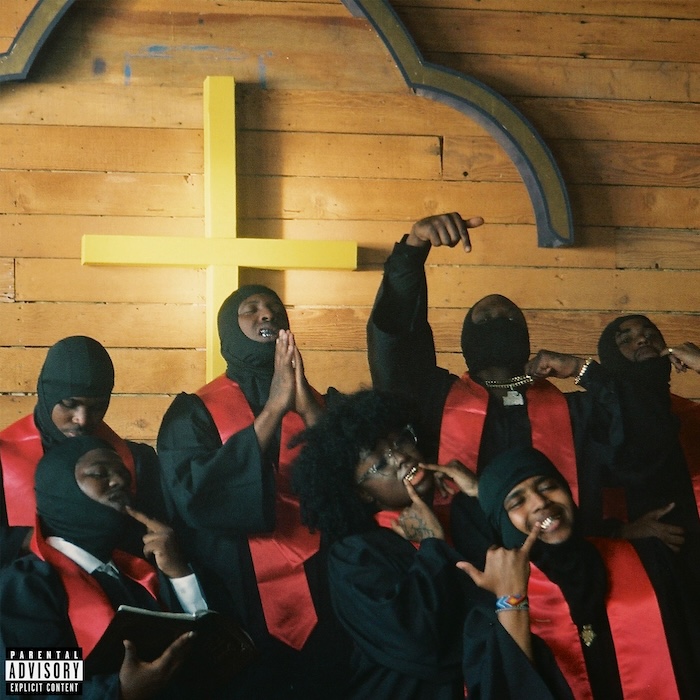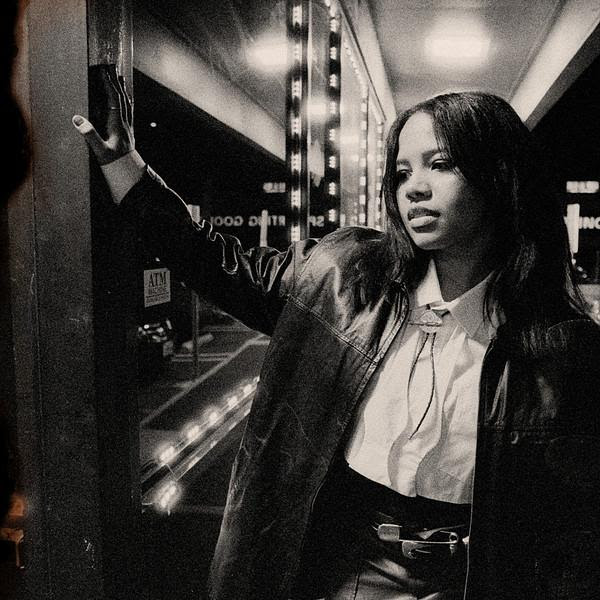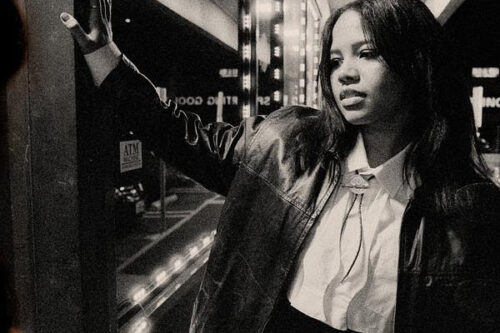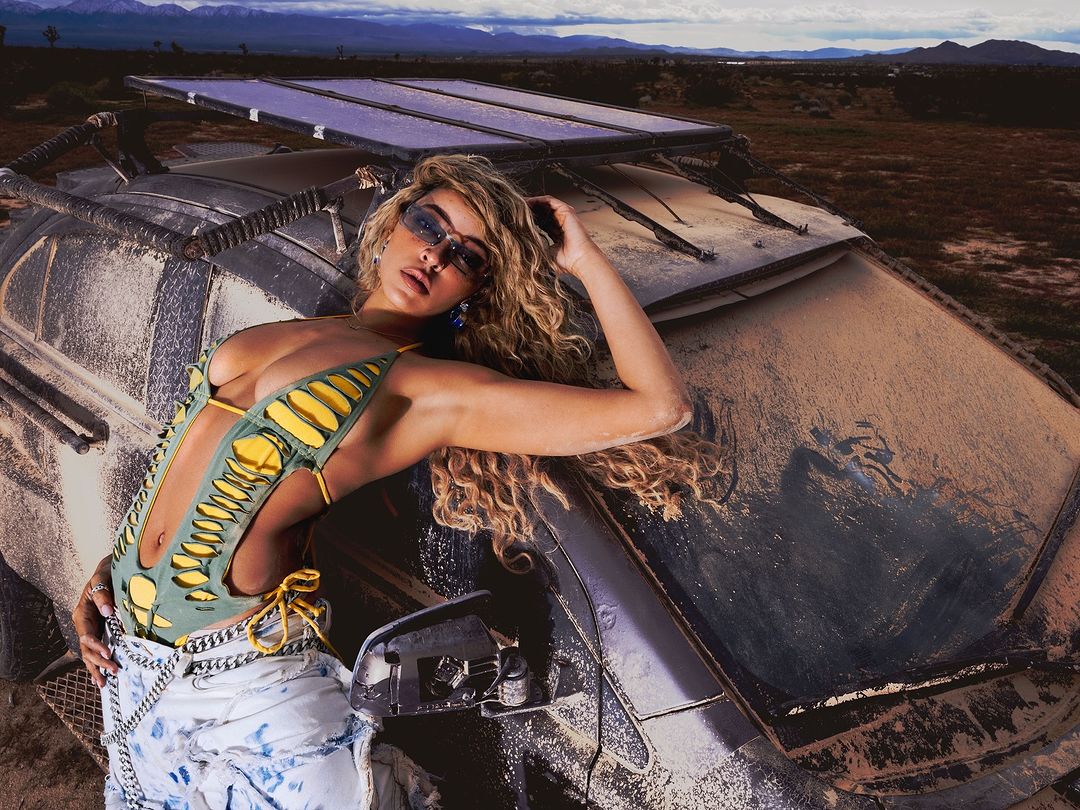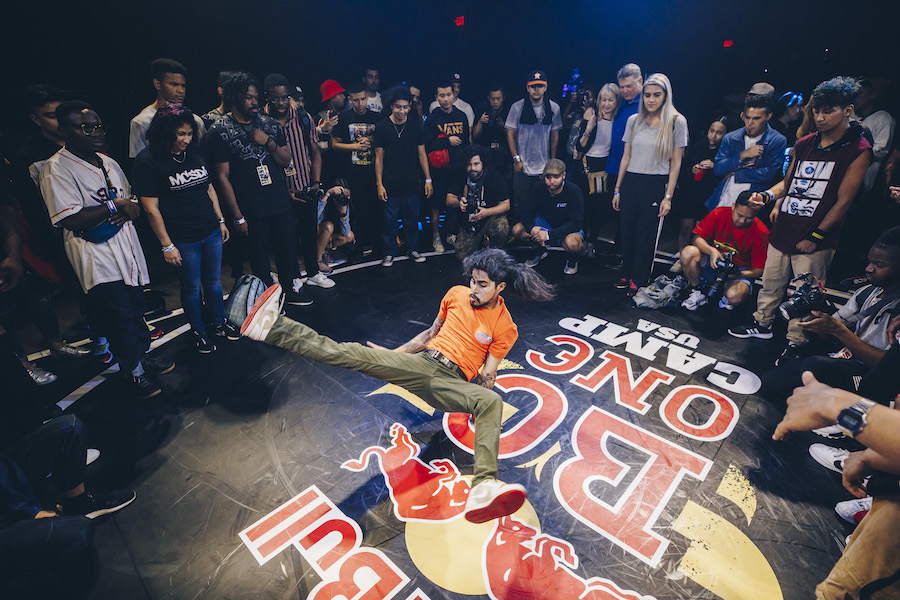
While being a fixture for essentially my entire life, I often have to remind myself that hip hop’s existence bears a timeline that stretches back forty years – minuscule when compared to other genres. However, the amount of culture that has embedded itself in hip hop over time is not to be underestimated or overlooked.
The early stages of hip hop culture encompass four elements: deejaying, rapping, graffiti painting and B-boying or breaking, which is more commonly, yet inaccurately, referred to as breakdancing. Deejaying and rapping have continued to walk hand-in-hand since their inception. Graffiti has established itself as a true form of art, finding new spaces to thrive aside from the bland sides of buildings. Sadly, its impact is continually threatened by things such as gentrification and its proponents who refused to appreciate its art and the attraction it would bring to their possible businesses.
Which leaves breaking. The high-intensity street dance worked its way to worldwide recognition alongside rapping and deejaying, but as hip hop music continued to grow in a number of directions breaking has seemingly been unable to stay fully tied to the culture – especially in the eyes of the everyday hip hop fan.
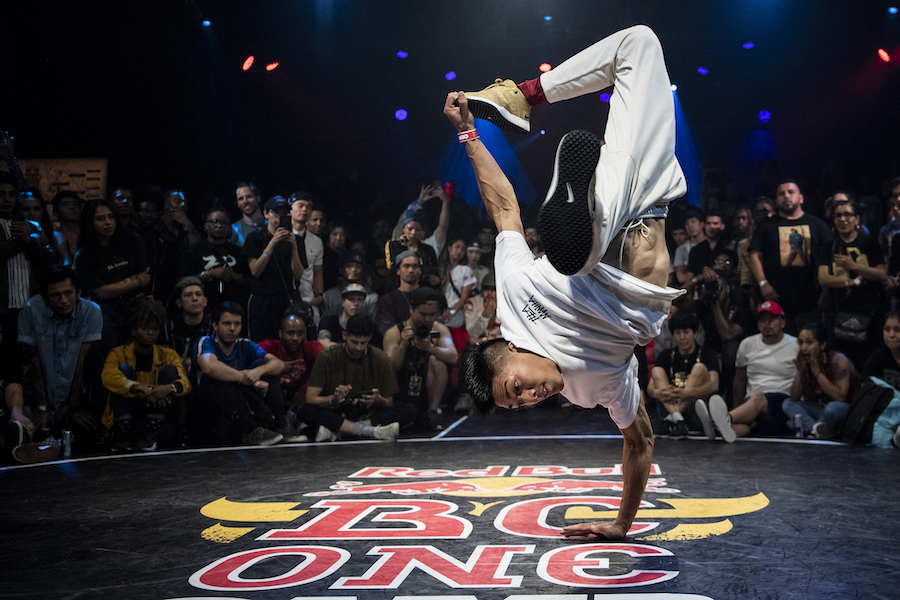
Photo: Little Shao/Red Bull Content Pool
Recently, I found myself in the midst of Houston, Texas’ dry heat – a reminder that New England continues to deprive us of the summer-like weather. More importantly, Red Bull’s BC One Camp USA competition was taking place. The three-day event saw the countries’ best b-boys and b-girls who earned their way to the finals. In total, the 32 breakers would compete for the chance to be the national b-boy and b-girl champion and compete for the worldwide crown in Mumbi, India.
Night after night, I stood in awe as breakers put their bodies at risk as they threw themselves in the air and towards the ground. Combining power with grace, intensity with finesse and authority with humor, there wasn’t a single breaker who failed to blow past my expectations, as I was amazed at everyone who took the floor.
As the weekend came to a close, the playoff-style competitions were completed and a new b-boy and b-girl champion had been crowned with a ticket to India. Throughout the weekend, I wondered how could a style so synonymous with hip hop music – breakers used a wide array of hip hop instrumentals in their performances – be at such a distance from the very genre.
The simple answer is evolution. At the iconic 1520 Sedgwick Avenue party, hip hop and breaking came to life with the two using each other to propel themselves out of New York. As hip hop continued to grow and reach new corners of the world, its sound began to evolve as new influences and elements were added. The West emerge with its own, as did the South for example, each offering their own spin on the sound. New elements were added and older ones would be set aside – elements essential to breaking.
Antoine Troupe, co-founder and director of KreativMndz Dance Academy and well-known choreographer for the likes of Chris Brown, Kehlani, and Cee-Lo Green, agrees with the idea that hip hop music and the sound breaking thrives on are no longer on the same plane.
“B-boys and b-girls are talented and I know they could figure it out to the latest trap stuff, stuff that’s current, but I feel like it wouldn’t be a choice, it’d be more so if they had to do it they would do it. As a dancer it’s all feelings-based, that’s how the best stuff is going to come out, that’s how you’re going to be your most creative and you have to feel the music. I feel like there’s been a detachment because music has changed so much from when breaking started to now, so it’s more and more separated for sure.”
Two of hip hop’s founding elements that piggy-backed off one another in the early stages are now out of sync. It’s a bit shocking when you consider the history, but it is indeed the reality of it all. Throughout this weekend’s competitions, post-2000 hip hop was essentially a rarity and even songs from before that period that I knew were hard to find.
The evolution of hip hop music is not only to blame for breaking’s detachment from the hip hop culture. A sound that they once shared, breaking widened its distance between hip hop by creating its own sound. Still rooted in hip hop, this sound contains the “certain kind of rock,” as Antoine described it, that grants breakers the music needed to best perform to.
Ronnie Abaldonado, who is a member of the Full Force, Super Cr3w and 7 Commandoz crews and Red Bull BC One 2007 World Champion, alluded to a new b-boy and b-girl sound.
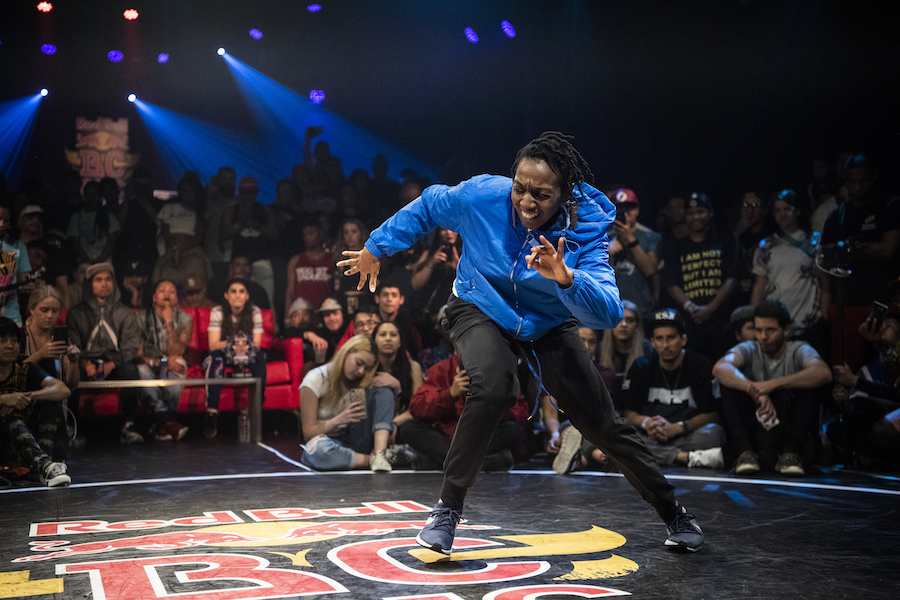
Photo: Little Shao/Red Bull Content Pool
“It’s definitely evolving when you look at breaking globally, even though it’s apart of the hip hop culture, sometimes b-boys from different countries are disconnected from hip hop music. It’s almost like breaking kind of created their own genre of music that they dance to, whereas in the 90s – I’m a b-boy from the 90s – we used to break to 90s hip hop. A perfect example, we have this world-famous b-boy from Morrocco – he’s world class, he won the BC One last year – and when asking what he listens to or what kind of music he likes and we brought up Wu-Tang Clan and some [other] hip hop artists, he’s never heard them.”
Never heard of Wu-Tang Clan. For something that is considered an essential element of hip hop culture, an unfamiliarity with one of hip hop’s most legendary groups exemplifies the distance between breaking and hip hop music. As breaking continued to expand, the athletic aspect of it seemingly became more of an attraction than its duality with hip hop music. The disconnect then began to expand as the new generation – that was introduced to breaking without hip hop music entirely – took over the breaking culture.
Hip hop continued to grow with less and less of an association for the breaking culture. Similarly with breaking, when hip hop expanded to new regions and new countries the fascination was tied into the music itself and not so much its entire culture. With a sound that’s that no longer fitting for breaking, it’s that most hip hop acts are unfamiliar with breaking past its early stages.
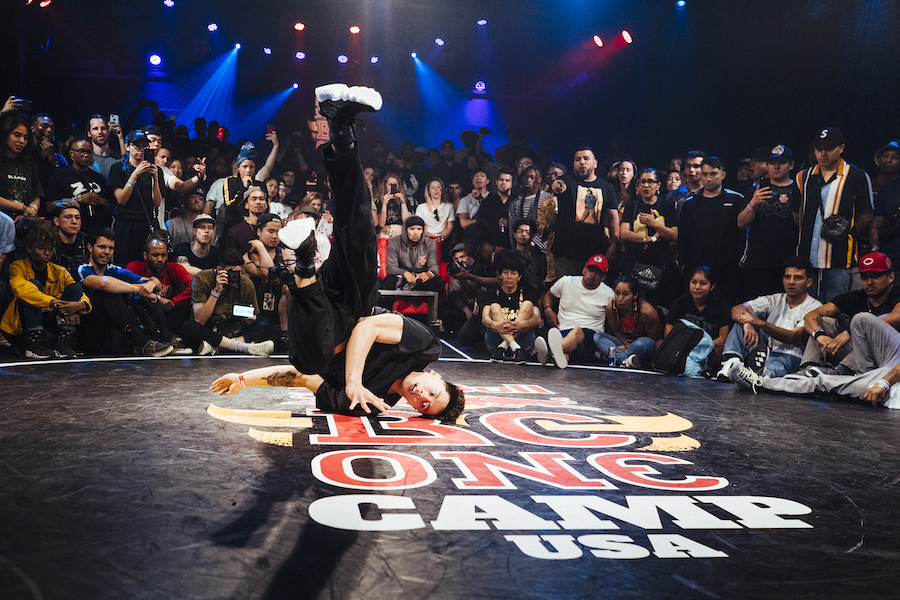
Photo: Little Shao/Red Bull Content Pool
Well, the disconnect has been established, so what now? Should hip hop music’s and breaking’s course of progression change so that some sort of attachment begins? Sure, but how? In Ronnie’s eyes, the solution is as simple as the new class understanding each other’s history.
“The new class needs to study the culture and not just the dance. To know about the hip hop historians and know the music, know the pioneers of the dance, understand everything from graffiti, to breaking, to rap, to deejaying.”
Exploring the possible unknown – by both breakers and hip hop musicians – can create a sort of appreciation for the other and lead to a bit of a reattachment. This appreciation can be a source of inspiration for a breakers or hip hop musicians’ next creative output. Travis Scott and Astroworld, Wale and Seinfeld, Sylvan LaCue and Alcoholics Anonymous are all proven examples of how appreciation can lead to admirable creations.

Photo: Little Shao/Red Bull Content Pool
A return to the attachment that was present between music and breaking in the early stages of the hip hop culture is extremely unlikely as they have grown heavily apart. However, even up to this day you will find traces of the two elements in each other. Breaking continues to use hip hop as the soundtrack, regardless of its familiarity to us now. As for hip hop, it continues to attach itself to different viral dances every six months or so. Before the strings are cut, we as hip hop culture lovers should push for its full preservation before it’s lost forever.

